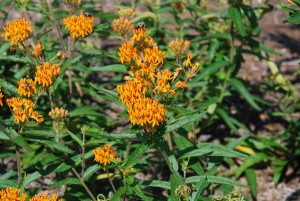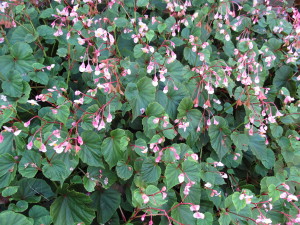As air temperatures rise in the spring, most garden perennials and wildflowers are emerging from the ground. With the sudden appearance of 80°F temperatures, many seem to blast through the still cold soil in 1-2 days, and in full bloom a few weeks later. Yet, through the month of April, some of your prized perennials show no signs of life.
A number of these tardy perennials require both warm air and soil temperatures. They’re not rarely fooled by unseasonable warm-ups. In northerly locations (USDA zones 4 and colder), some may not emerge from the soil until June.
When you first plant them, mark the spot with easy to find label so no harm comes, such as digging in the wrong spot. Follow the same practice for spring flowering bulbs such as daffodils (narcissi), tulips or hyacinths. Mark all areas where springtime wildflowers such as Virginia bluebells (Mertensia), trilliums, Jack in The Pulpit (Arisaema), bloodroot (Sanguinea), twinleaf (Jeffersonia), and many others inhabit.
Some perennials that emerge in mid- to late- spring:
Milkweeds (Asclepias spp.)
False Indigo (Baptisia spp.)
Hardy begonia (Begonia grandis)
Leadwort (Ceratostigma)
Crocosmia (Crocosmia x crocosmiiflora)
Joe Pye Weed (Eupatorium spp.)
Whirling Butterflies (Guara lindheimeri)
Perennial hibiscus (H. moscheutos)
Swamp hibiscus (H. coccineus)
Some deciduous ferns – example: Royal fern (Osmunda regalis)
Red hot poker (Kniphofia uvaria)
Russian sage (Perovskia atriplicifolia)
Balloon Flower (Platycodon)
Black eyed Susan (Rudbeckia ssp.)
Indian pink (Spigelia marilandica)
Lady’s Slipper Orchids (Cypripedium), Solomon’s Seal (Polygonatum) and False Solomon’s Seal (Smilacina) may not poke up above ground their first year after planting.



 Posted in
Posted in 
